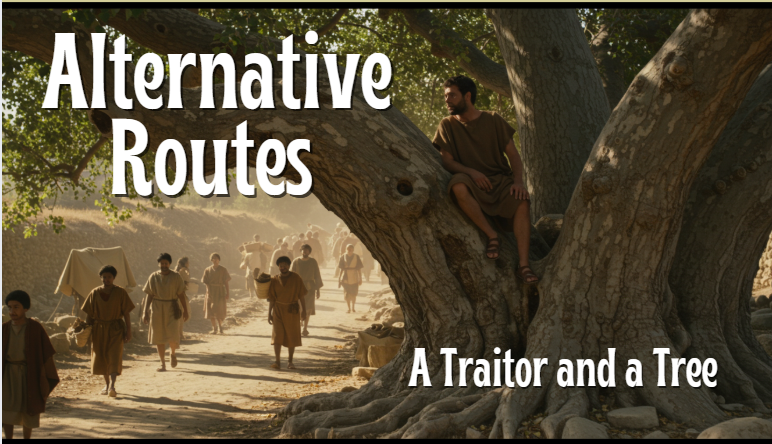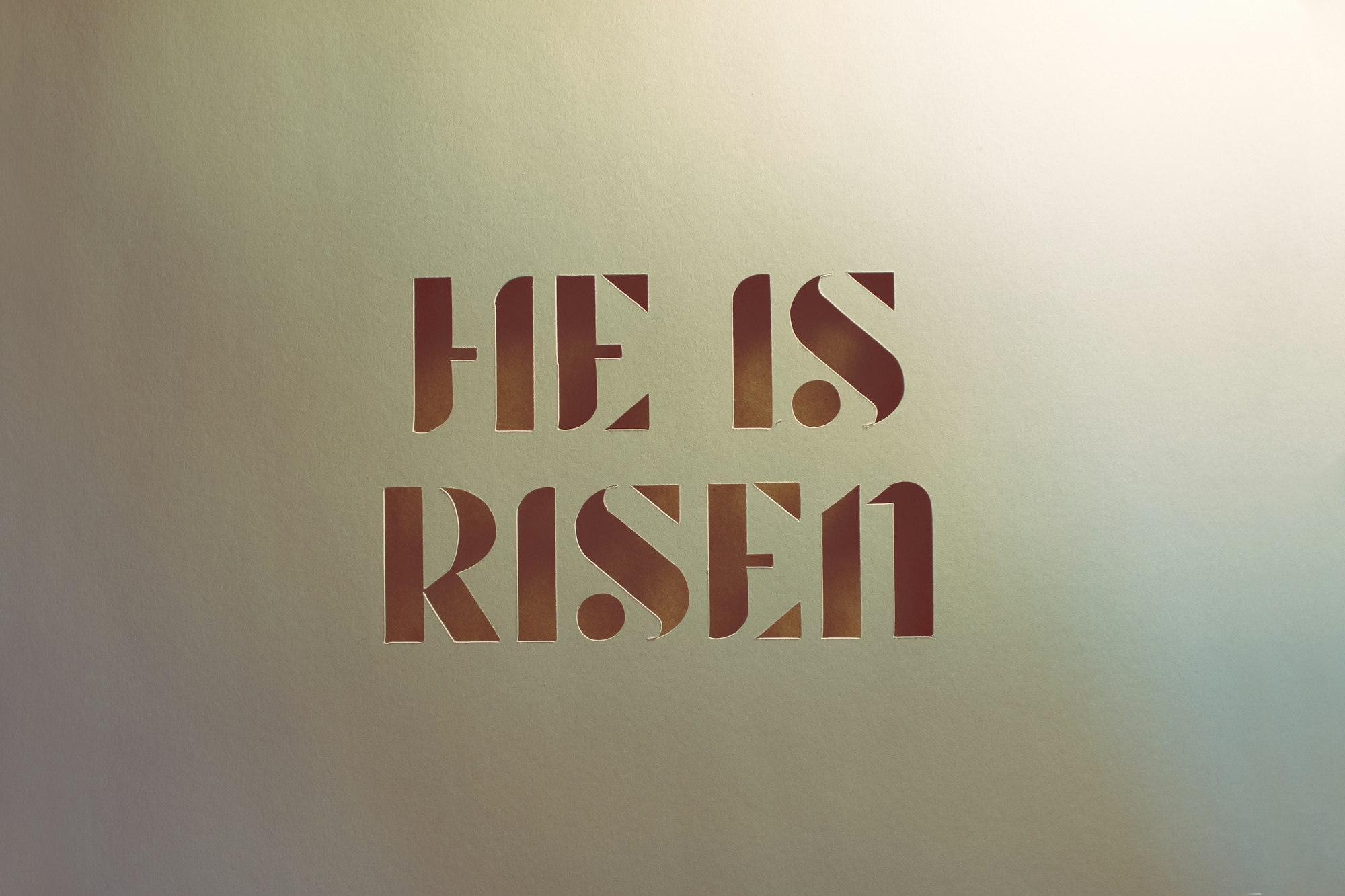From Doubt to Faith

Breaking Through Our Impossible Barriers
On May 6, 1954, something remarkable happened that would forever change how we think about human limitations. Roger Bannister stood at the starting line of the Iffley Road track in Oxford, England, preparing to attempt what many considered impossible: running a mile in under four minutes.
For years, the four-minute mile wasn't just considered difficult—it was deemed physiologically impossible. Medical journals of the time published articles warning that attempting such a feat might cause the human heart to explode. Yet as Bannister crossed the finish line that day, the clock read 3 minutes and 59.4 seconds. He had shattered what everyone believed was an unbreakable barrier.
Here's where the story gets even more fascinating: within just 46 days, Australian runner John Landy broke Bannister's record. Over the next three years, sixteen more runners accomplished what had once been thought impossible. What changed? The barrier wasn't just physical—it was psychological. Once people saw it could be done, suddenly it became achievable.
Today, high school runners regularly approach the four-minute mile. What was once considered the stuff of medical nightmares is now commonplace.
The Psychology of Impossible
This story illustrates a profound truth about human nature: sometimes when we believe something is impossible, it becomes impossible. Our doubts create barriers that prevent us from even attempting what might actually be within our reach. We might think it's impossible to forgive after betrayal, to find hope following tragedy, or to maintain faith after disappointment. These limitations remain in place until someone shows us they're not—or until we have an experience that proves otherwise.
This principle extends far beyond athletics into the realm of faith and personal growth. Sometimes our deepest doubts aren't obstacles to overcome but pathways that lead us into deeper understanding and relationship with God.
Reconsidering Doubting Thomas
The disciple Thomas has been unfairly branded with the nickname "Doubting Thomas"—a label that misses the profound courage in his story. When the other disciples told Thomas they had seen the risen Jesus, he didn't simply nod along to fit in. Instead, he made an honest declaration: "Unless I see the nail marks in his hands and put my finger where the nails were, and put my hand into his side, I will not believe."
Thomas wanted evidence. He needed to see, to feel, to know. Rather than accepting secondhand information, he demanded a firsthand encounter. There's something admirable about his refusal to believe simply because others told him to.
The crucial detail often overlooked is that Thomas missed Jesus's first appearance to the disciples. While the others had already processed their doubts and questions through a direct encounter with the risen Christ, Thomas was still waiting for his moment. His absence from the community cost him that initial experience, leaving him behind the curve in his faith journey.
When Jesus Meets Our Doubts
What happened next reveals everything about the character of Jesus. A week later, when the disciples gathered again—this time with Thomas present—Jesus appeared once more. Notice that Jesus didn't ignore Thomas's doubts or shame him for his questions. He didn't tell Thomas to simply have more faith or criticize him for being difficult.
Instead, Jesus directly addressed Thomas's specific concerns. "Put your finger here," Jesus said. "See my hands. Reach out your hand and put it into my side. Stop doubting and believe."
Jesus offered Thomas exactly what he needed. This wasn't about lowering standards or accommodating weakness—it was about meeting someone at their point of genuine need. Jesus knew what Thomas required to move forward in faith, and he provided it without hesitation.
The Transformation
We don't know whether Thomas actually touched Jesus's wounds, but we do know his response: "My Lord and my God!" This wasn't mere intellectual acknowledgment or grudging acceptance of facts. This was a declaration of complete surrender and recognition of Jesus's divine nature.
Ironically, the very wounds that likely caused Thomas to doubt—how could the Messiah be crucified?—became the evidence that convinced him of Jesus's identity. The places of our deepest questions and wounds can become the very points where we encounter Jesus most authentically.
Thomas, the supposed doubter, became the first disciple to explicitly declare Jesus's full deity. His journey from skepticism to surrender illustrates that doubt isn't the opposite of faith—it's often part of the pathway to deeper faith.
Space for Honest Questions
This story challenges how we think about doubt within faith communities. Too often, churches treat questions and uncertainty as signs of weak faith or spiritual immaturity. But Thomas's experience suggests something different: honest doubt might be more valuable than unexamined belief.
The other disciples didn't expel Thomas from their group because of his skepticism. They made space for his questions while he worked through his journey. This is what healthy faith communities should do—create safe spaces where people can express doubts, ask hard questions, and find meaningful discussions as they navigate their spiritual journey.
We're all at different places on this path. Some are ahead of us, others behind. But we walk together, supporting each other through the various stages of belief and understanding.
Beyond Intellectual Assent
True faith transformation requires more than accepting facts about Jesus—it demands a personal encounter with him. Thomas's change didn't come from being told what happened; it came from meeting Jesus face to face.
While apologetics and explanations can open doors, ultimately each person must have their own authentic experience with Christ. This might happen in countless different ways, but the destination is the same: moving from "I believe the facts about Jesus" to "Jesus is my Lord and my God."
Many people can recite theological truths and biblical facts but have yet to make that personal connection. The question isn't whether we know things about Jesus, but whether we truly know Jesus himself.
Your Impossible Barriers
Just as the four-minute mile went from impossible to commonplace once the psychological barrier was broken, the things that seem impossible in our spiritual lives might be more achievable than we think. Perhaps forgiveness after deep hurt, hope in the midst of tragedy, or faith despite disappointment aren't as impossible as they appear.
You might be someone's encounter with Jesus today. The first glimpse of Christ that some people see might look something like you—because you're growing to resemble him more each day. When we allow ourselves to be channels of God's grace and love, we become part of how Jesus meets others at their point of need.
The race God has set before us isn't about running a four-minute mile—it's about becoming more like Christ, seeing people through eyes of grace, and living lives of Christlike love despite the brokenness around us. It might seem impossible when we look at the world's condition, but with Jesus, all things truly are possible.
Running Together
Remember, this isn't a journey you take alone. Like a relay race, we're all part of the same team, passing the baton of faith and encouragement to one another. Jesus is near, he knows what you need, and he's ready to meet you at your point of need—whether that's intellectual answers, personal experience, or something else entirely.
Your doubts don't disqualify you from faith; they might just be the pathway that leads you into a deeper relationship with the One who says, "Come to me with your questions. Let me show you who I am."
The barriers you think are impossible to break might just be waiting for someone to show you they're not—or for you to discover that Jesus has been there all along, ready to help you cross the finish line.
Help Do Everything In Love grow and reach more people – Subscribe below!











Member discussion